Charles Meryon
France, b.1821, d.1868
Le Ministère de la Marine
- 1865
- Etching
- Purchased with assistance from the Olive Stirrat Bequest, 1989
- 285 x 243mm
- 89/123
- View on google maps
Tags: animals, battles, carriages (vehicles), chariots (carriages), columns (architectural elements), fantasy (imagination), government office buildings, horses (animals), landscapes (representations), monochrome, mythical or legendary beings, obelisks (monumental pillars), urban landscapes
Charles Meryon’s fantastical Parisian scene presents the French Admiralty building with a flying horde being delivered from the far ends of the globe. The crowd below is thrown into disarray as Roman charioteers, whales and whaleboats, a waka with sails, an anchor, serpents, cowboys and horses with fishtails prepare for landing.
Meryon’s impaired mental state in this period is the usual explanation given for this extraordinary etching. At the same time, it may be viewed as an image laden with personal symbolism as the confounding facts, fantasies and errors of the past make their perplexing return.
Meryon spent three years in Akaroa from 1843–46 as a young naval cadet, protecting the fledgling French settlement. Although this particular colonising plan did not succeed, the streetlamps of Paris were fed a regular supply of whale oil from Banks Peninsula in this period. For Meryon these were formative years and regularly revisited in his imagination. (Kā Honoka, 18 December 2015 – 28 August 2016)
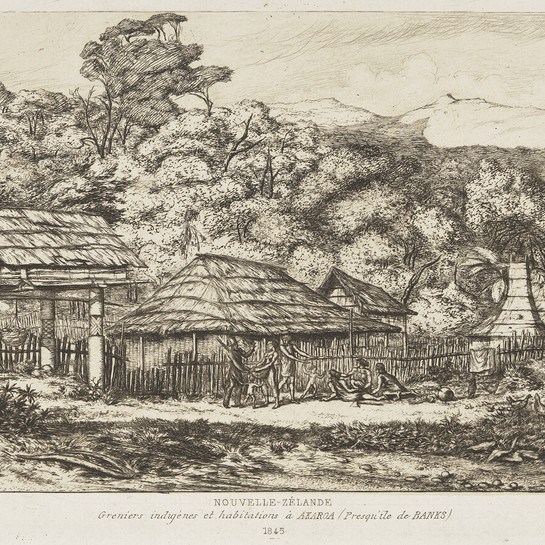

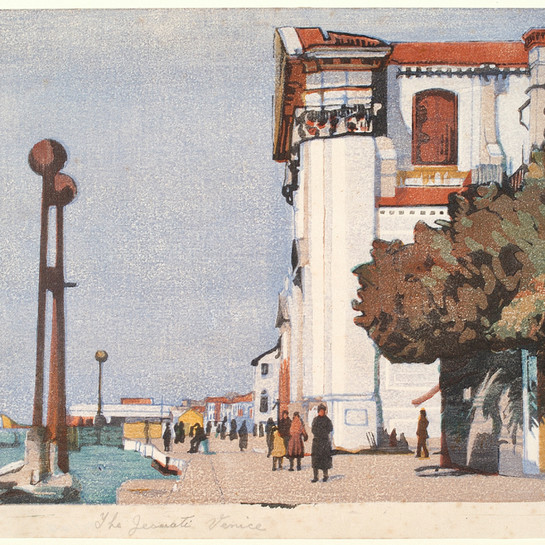
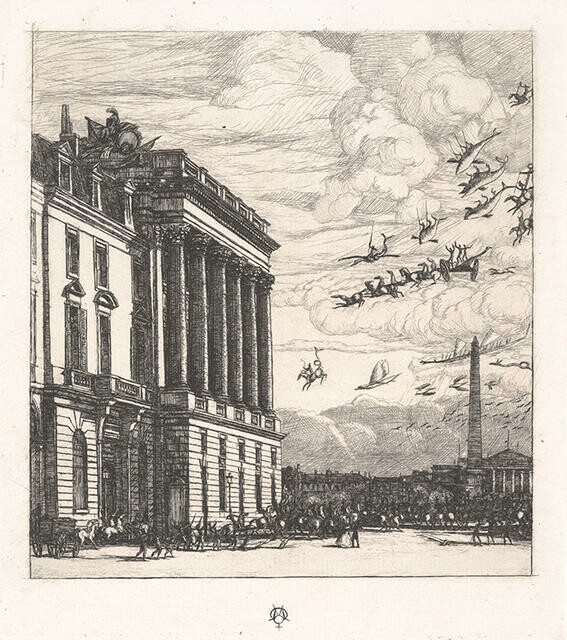
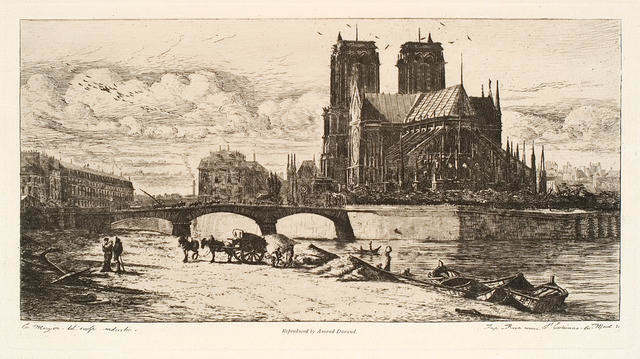
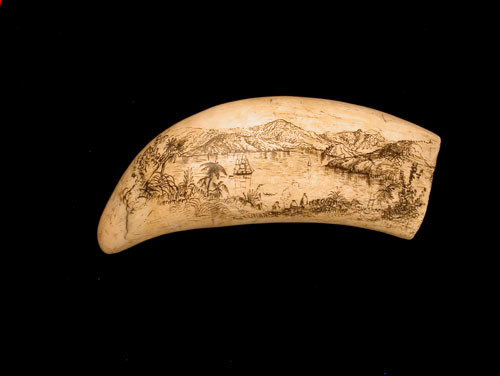
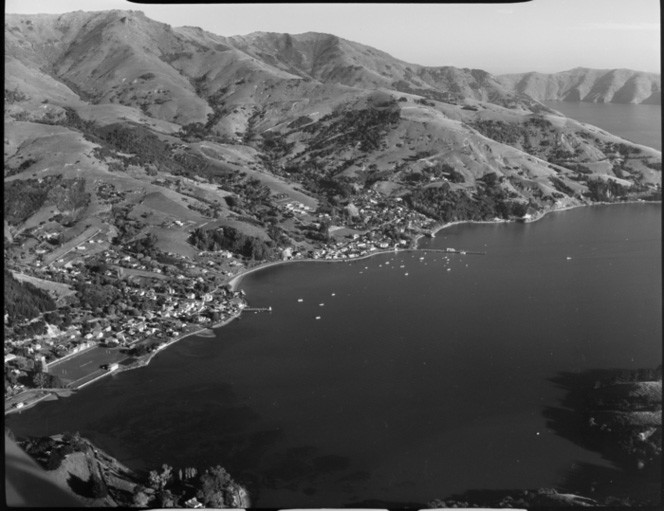
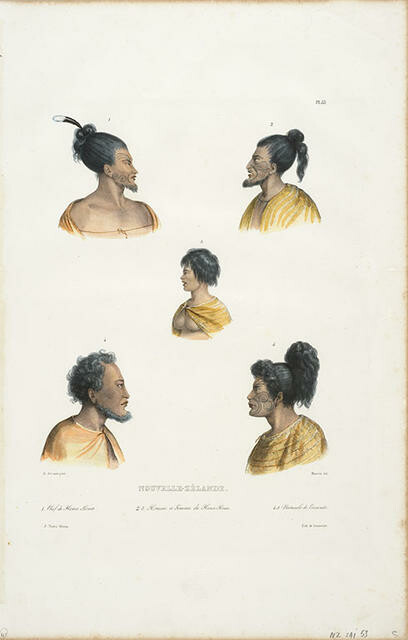
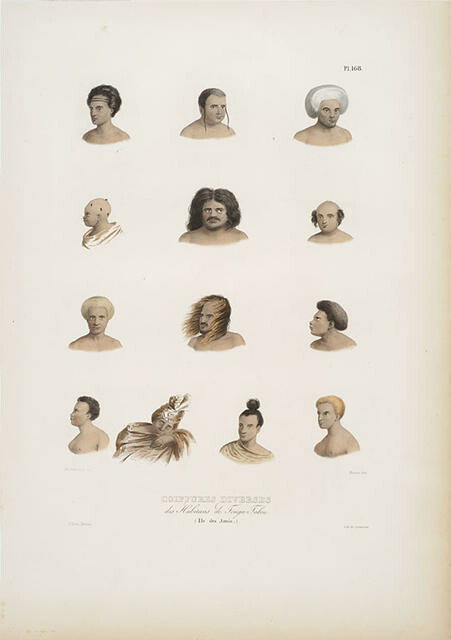
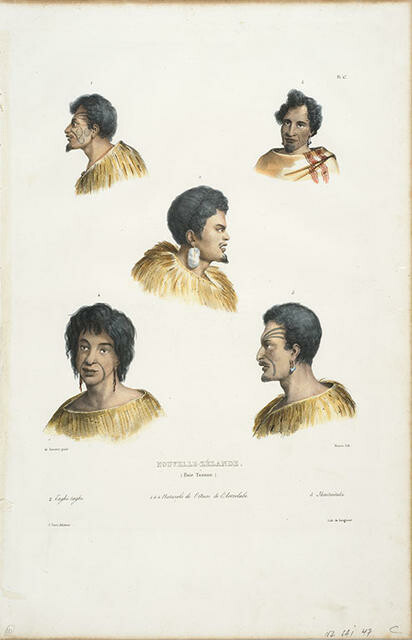
![Nouvelle-Zélande - coffre en bois sculpté [Plate 59]](/media/cache/74/c2/74c2c0a963376af9e77d5765ca8842be.jpg)


